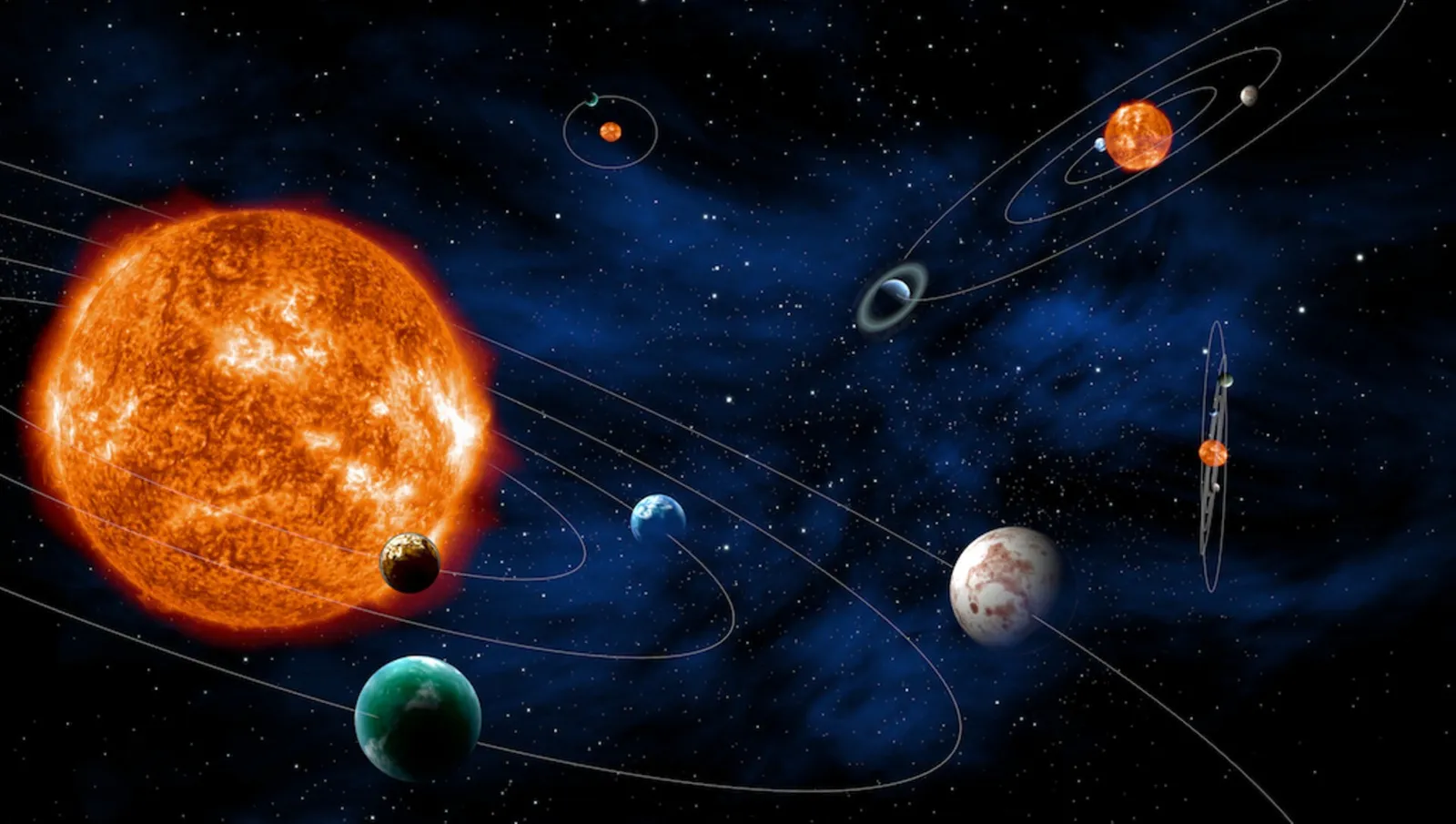We live in a universe that reaches beyond our imagination with its size. This truth has made us question our place in the universe, and naturally, we asked the question: “Are we alone in the universe?”. It is indeed a big universe, just the observational part covers 10²⁴ estimated stars and 50×10²¹ planets that are similar to Earth.
When I look at these numbers, I say, “Wow, there has to be life somewhere besides our planet.” But, we don’t have any proof to justify that, except the recently found phosphine in Venus’s atmosphere. Still, it isn’t full-proof. Today, with the help of technologies like telescopes, artificial satellites, and computers, it is possible for us to research planets around other stars. We are trying to find other planets and solar systems like our own.
So, due to my curiosity in astronomy, I decided to develop a Machine Learning project on Nasa’s exoplanet archive. By going into this project, I aimed to measure how efficiently works M.L algorithms to find these other planets.
What is an Exoplanet?
An exoplanet is a planet that orbits a star outside our solar system. There are two missions to hunting exoplanets: Kepler, now it’s ended, and the continuing mission Tess. These telescopes discovered many exoplanets over the years. So, I extracted the dataset of observed stars in order to find exoplanets.
#classification #machine-learning #space #astronomy #data-science
